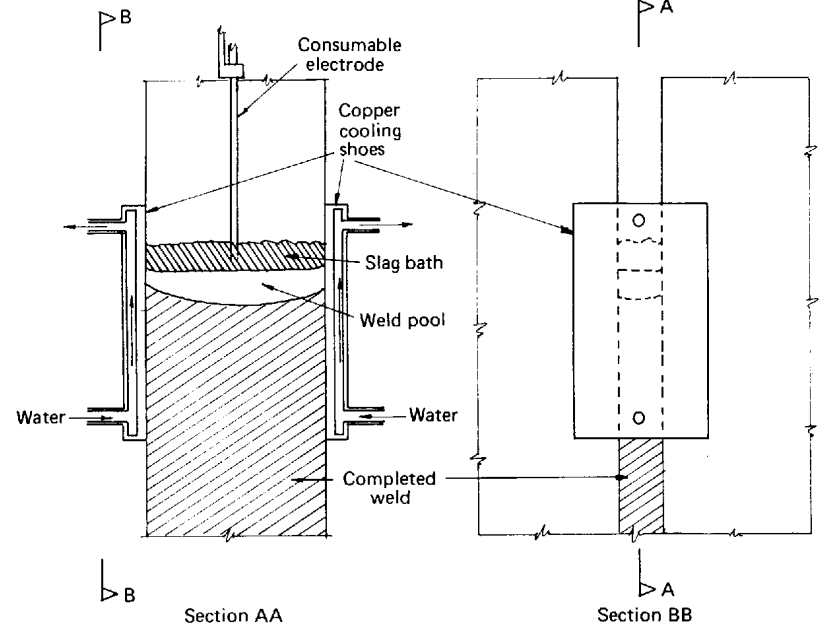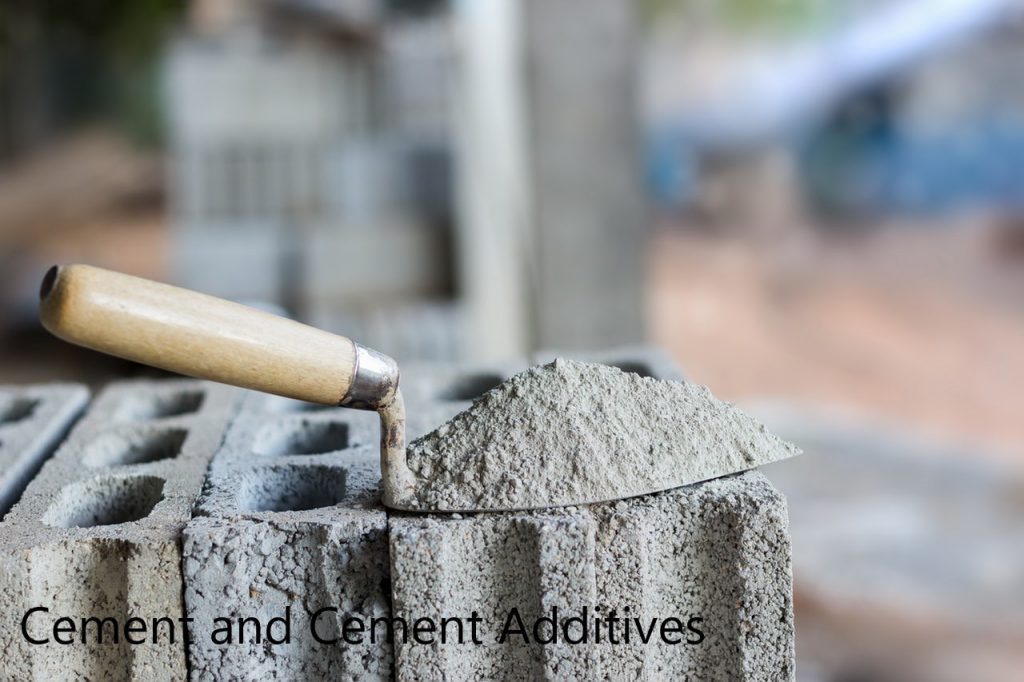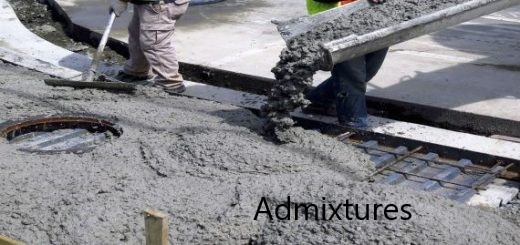The use of different types of welding techniques based on the application and the availability of the required technology to proceed with the particular type of weld.
Welding is used to combine one or more metal parts. There are different classifications and many types of welding with these classifications. The following method can be used to classify the welds.
- Welding with or without filler metal
- Depending on the source of energy of weld
- Arc and non-arch welds
- Fusion and pressure welding
Let’s discuss the basic types of welds in detail.
Manual Metal Arc Welding
This is the most commonly used welding type due to its simplicity and flexibility of using.
- There is no initial process and welding can begin once the material is ready.
- The electrode is heddle by hand and it can be held as comfortable.
- No shielding gas is used in this method

- There is flux around the electrode as a coating
- Quality of the weld solely depends on the experience and the skill of the welder.
- Mostly used in the structural work
- The diameter of the electrode is in the range of 2.5-6mm.
Automatic Welding with Continuous Coated Electrodes
- The method of welding is the same as manual metal arc welding
- Not like manual metal arc welding, continuous welding will be done.
- Welding rod is mounted in a way that it feeds to the position automatically with the rate of welding
- This is more suitable for repetitive works
- And when there is a long distance to weld this method is more convenient when compared to manual metal arc welding.
Gas Shielded Welding
- This is also called metal active gas, CO2 or inert gas
- Inert gas is used to weld non-ferrous metals. Argon or helium is used as an inert gas.
- In these types of welding there is no flux like manual arc welding.
- The welding pool, arc and electrode are protected by the gas shield. This may be the reason that these types of welding are named Gas shielded welding.
- The typical electrode diameter for structural work is in the range of 0.75-2.00mm.

Submerged Arc Welding
Out of other different types of welding methods, this welding technique is somewhat different to the other types.
- The arch is completely submerged in these types of welding
- Therefore, we can use a higher current without the danger of air contamination or spatter
- These types of welding can be done as fully automated with some modifications to the system.
- The welding quality is comparatively higher as there are defined processes and due to the automatic nature
- Typical electrode diameter is in the range of 2-5mm for welding in structural work.

Electroslag Welding
- This is an automatic welding process
- Used for butt welding of thick steel plates that are vertical or nearly vertical.
- Plate are cut square shape and they are kept about 30mm apart

- The copper cooling shoes move along the weld by containing the welding pool.
- Cooper cooling shoes cool the weld with water circulated.
There are other different types of welding methods. These types of welding are also mostly used in industrial work.
- Gas Metal Arc Welding
- Gas Tungsten Arc Welding
- Flux Core Arc Welding
- Laser Beam Welding
- Electron Beam Welding
- Plasma Arc Welding
- Atomic Hydrogen Welding
Some of the Related Articles on Steel Structures Design are as Follows
- Welding Defects
- Welding Inspection
- Destructive Testing of Welds
- Non-Destructive Testing of Welds
- Single Angle Design for Tension as per EC3
- Bolt Connection Design Using Eurocode 3
- Single Angle Section Design Worked Example
- Steel Column Design EC3 Worked Example
- Steel Column Design using Eurocode 3
- Steel Beam Design Worked Example [Universal Beam]
- Lateral Torsional Buckling [Theory and Calculation]
- Steel Beam Design as per BS 5950
- Classification of UB Section as per BS 5950


